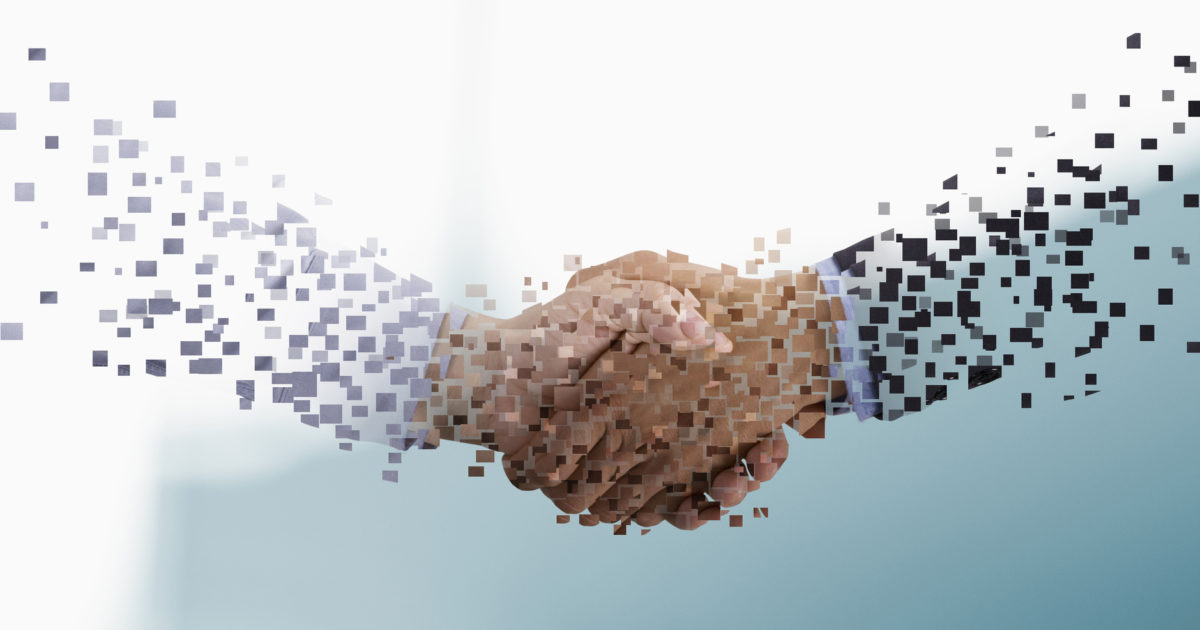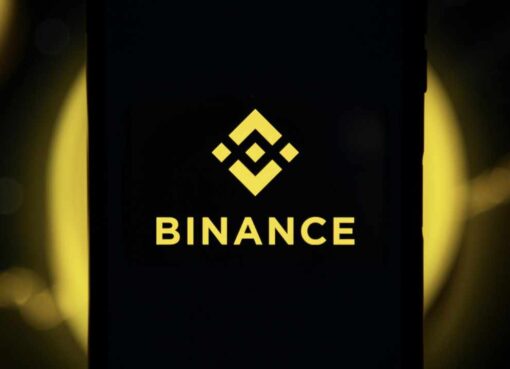In our fast-paced digital age, artificial intelligence (AI) is not just transforming our world; it’s reshaping how we see and engage with each other. AI has the power to unlock incredible opportunities, but it also holds a mirror to our society’s imperfections. Bias in AI, whether hidden or overt, is not just a glitch in the system; it’s a reflection of our collective history, prejudices, and oversights.
The reality of the progress AI brings though, is that it’s built with foundational bias. When these algorithms are built on flawed data, they don’t just process information; they process our past biases, assumptions, and blind spots. It’s a scenario where limited and skewed inputs lead to biased and unjust outputs, perpetuating historical biases in a new digital guise. This isn’t just a replication of the past; it’s amplifying our history’s inequalities into the future.
Think about AI-based recruitment software with its bias towards male candidates, or the U.S. justice system’s AI that recommended harsher sentences for Black offenders than white offenders convicted of the same crimes. These aren’t just coding errors; they are deep-rooted societal issues playing out on a new digital stage. Look what happens when AI chat-bots learn from a biased world, they can become a mouthpiece for hate within hours, spreading disinformation globally.
To rectify this, we need more than just algorithms; we need to revolutionize our approach to AI as a whole. We need AI systems designed with the richness of human diversity at their23 core. It’s time for AI to not just reflect our world but to help reimagine and rebuild it more equitably. This is our moment to pivot – to transform AI from a mere digital tool to a catalyst for social change.
Read More: The Case Against AI Everywhere, Everything
The potential of unbiased AI stretches beyond our imagination. From education systems that adapt to every learner’s needs to hiring practices that see beyond demographics to the heart of talent and potential. This isn’t just about correcting biases; it’s about unlocking new horizons of possibility and innovation in AI.
This is why we are designing the Algorithm for Equality Manifesto, by all of us, without bias. Embracing inclusive AI is our only chance to reshape the technological landscape. By eliminating biases in AI, we create a platform for true innovation and fairness. Imagine AI that doesn’t just reflect every voice but elevates it. This isn’t just an opportunity; it’s a responsibility and a promise for a better tomorrow.
Take, for instance, the field of healthcare. An AI-driven diagnostic system that prioritizes inclusivity can ensure that medical decisions are not skewed by gender, ethnicity, or socio-economic factors. This can lead to better healthcare outcomes for all, reducing disparities that have plagued the healthcare system for generations.
Another area where the Algorithm for Equality matters profoundly is in financial services. In a world where access to loans, credit, and financial opportunities can determine the trajectory of people’s lives, AI has the potential to level the playing field. By designing an AI experience that considers a wider range of factors beyond traditional credit scores, we can enable more equitable access to financial resources, especially for historically marginalized communities.
Education, too, stands to benefit immensely from inclusive AI. With personalized learning systems that adapt to individual needs and backgrounds, students from diverse backgrounds can receive tailored support, bridging the achievement gap and unlocking their full potential. Inclusive AI can ensure that every student, regardless of their socio-economic status or learning challenges, has an equal chance to succeed. This is how we democratize education and create equity for all.
As we move towards an increasingly globalized world, language translation tools powered by inclusive AI can break down communication barriers, fostering collaboration and understanding among people of different languages and cultures. This not only enhances our ability to work together on global challenges but also promotes cultural exchange and mutual respect.
So how can an equitable AI experience become a reality? It really doesn’t have to be that hard. If anyone using AI can simply question the results of AI created works, practice prompt engineering to help reshape AI’s response, or even publicly celebrate and memorialize trailblazers from underrepresented groups to ensure AI recognition, we will be one step closer to an AI that’s truly reflective of our world.
Our quest to eliminate bias from AI is both a technological endeavor and a reflection of our commitment to equality and justice. It’s about creating a future where AI not only mirrors our world but also plays a pivotal role in crafting a more inclusive, equitable, and inspired reality. Let’s commit to this vision of AI, where technology is not just advanced and intelligent but also empathetic and equitable, truly serving the needs of all. This is the future we must shape together, where inclusive AI and the Algorithm of Equality are the cornerstones of progress and fairness for generations to come.




